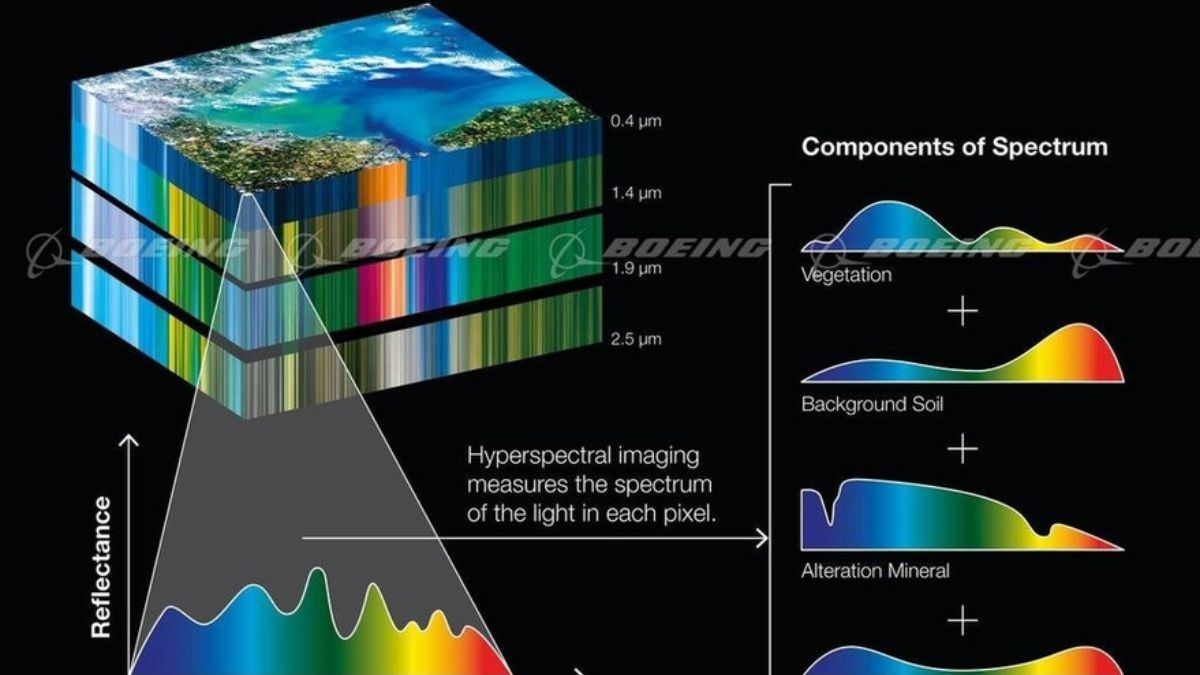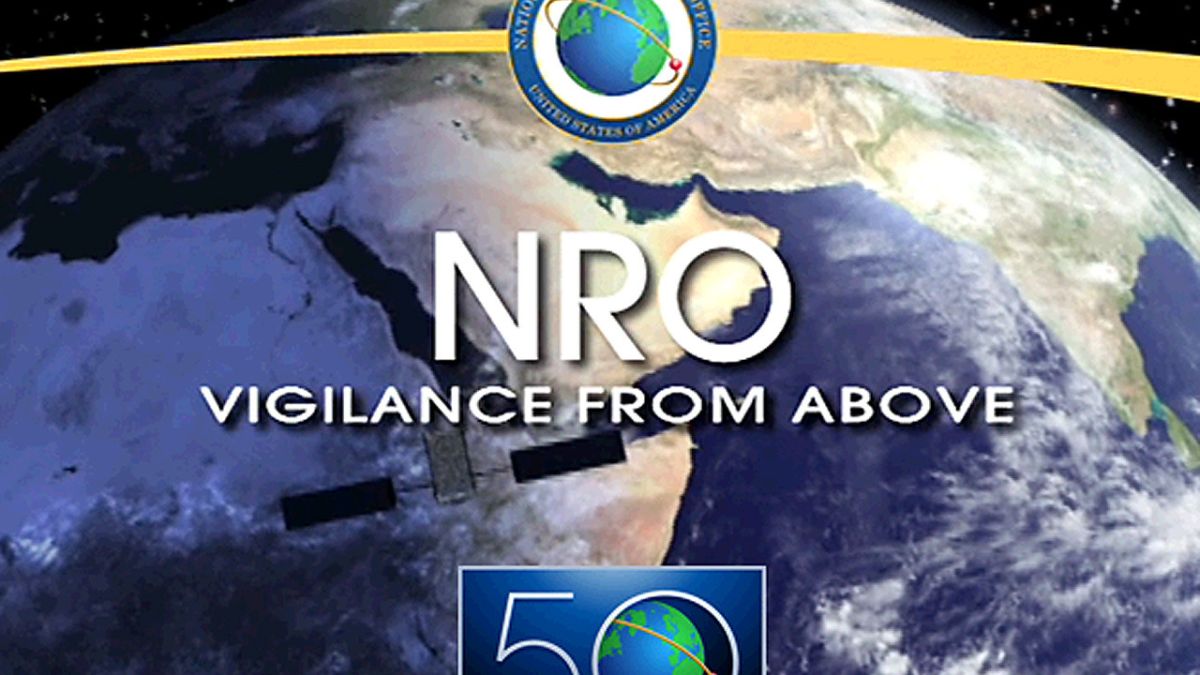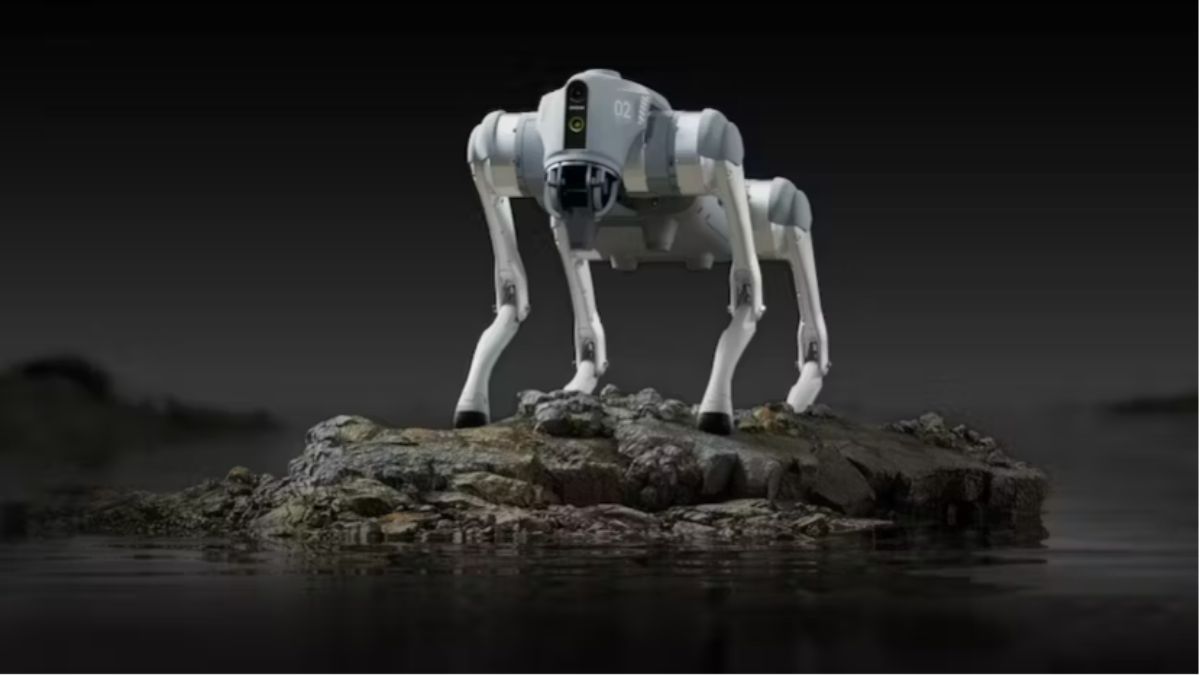America’s ‘Space Spy’ Agency Grants Six Contracts to Hyperspectral Imagery Providers
March 23, 2023 By Prelo Con

(Image Credit Google)
Image Source: Boeing
The U.S. NRO (National Reconnaissance Office) has granted five-year study contracts to six space companies — BlackSky, Orbital Sidekick, Pixxel, Planet, Xplore, and HyperSat — that provide hyperspectral satellite imaging providers as the agency strives to expand its remote detection system.
Last November, the NRO, which is the agency Department of Defense that executes space-based spying and espionage, released a request for bids from hyperspectral satellite operators. The announcement today was aided by the agency’s Broad Agency Announcement (BAA) Framework- a program designed to obtain and integrate novel spatial-sensing technologies.
An NRO representative revealed that it expects the value of each contract to be around $300,000, but “they can quickly be scaled to much higher values as mission value, customer requirements, and on-orbit provider capabilities are confirmed.”
[caption id="attachment_125570" align="aligncenter" width="1200"]

Image Source: CBS News[/caption]
Pete Muend, director of the NRO’s commercial systems program office, emphasized the agency’s rapid acquisition of new technology. “In just over four months from RFP release to award, these contracts demonstrate our continued commitment to agile acquisition,” he said. “Speed remains vital to take advantage of the innovation coming from industry, and to assess emerging technologies such as HSI and the potential to address intelligence challenges.”
Hyperspectral is a potent and powerful form of remote sensing that includes wavelengths that are far beyond what humans or typical optical devices can see, providing support to allowing sensors to “read” spectral signatures and distinguish between different objects and even different types of materials. According to Orbital Sidekick CEO Dan Katz in January, hyperspectral imagery could be potentially used to identify gas leaks in pipelines or even chemical warfare traces.
By Prelo Con
Following my passion by reviewing latest tech. Just love it.


 Image Source: CBS News[/caption]
Pete Muend, director of the NRO’s commercial systems program office, emphasized the agency’s rapid acquisition of new technology. “In just over four months from RFP release to award, these contracts demonstrate our continued commitment to agile acquisition,” he said. “Speed remains vital to take advantage of the innovation coming from industry, and to assess emerging technologies such as HSI and the potential to address intelligence challenges.”
Hyperspectral is a potent and powerful form of remote sensing that includes wavelengths that are far beyond what humans or typical optical devices can see, providing support to allowing sensors to “read” spectral signatures and distinguish between different objects and even different types of materials. According to Orbital Sidekick CEO Dan Katz in January, hyperspectral imagery could be potentially used to identify gas leaks in pipelines or even chemical warfare traces.
Image Source: CBS News[/caption]
Pete Muend, director of the NRO’s commercial systems program office, emphasized the agency’s rapid acquisition of new technology. “In just over four months from RFP release to award, these contracts demonstrate our continued commitment to agile acquisition,” he said. “Speed remains vital to take advantage of the innovation coming from industry, and to assess emerging technologies such as HSI and the potential to address intelligence challenges.”
Hyperspectral is a potent and powerful form of remote sensing that includes wavelengths that are far beyond what humans or typical optical devices can see, providing support to allowing sensors to “read” spectral signatures and distinguish between different objects and even different types of materials. According to Orbital Sidekick CEO Dan Katz in January, hyperspectral imagery could be potentially used to identify gas leaks in pipelines or even chemical warfare traces.






